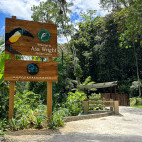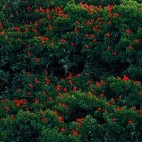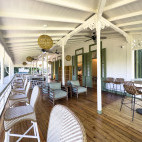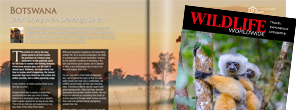Ed Drewitt

Ed is a naturalist, author, broadcaster, tour leader, birder, photographer, bird ringer, zoologist, and a peregrine researcher to name just a few of his skills!
Since studying zoology at the University of Bristol, Ed continued his studies by researching the diet of urban peregrines and is currently doing a part-time PhD at the University of Bristol looking at what they consume. Ed works as a freelance naturalist, showing people wildlife (especially in the Forest of Dean where he lives), training others to learn birdsong, taking schools fossil hunting and advising on conservation solutions. He is also involved with monitoring pied flycatchers at the RSPB's Nagshead Reserve. Ed often works closely with the BBC as a consultant and contributor.
Ed has an engaging passion for nature and enjoys passing on his knowledge, and lucky for us, Ed also finds time to lead groups around the world, from the two poles to many locations in between, and he has extensive experience of doing so. In particular, Ed has taken groups to enjoy the wonderful birdlife of the Caribbean to destinations such as Trinidad & Tobago and St. Lucia.





































